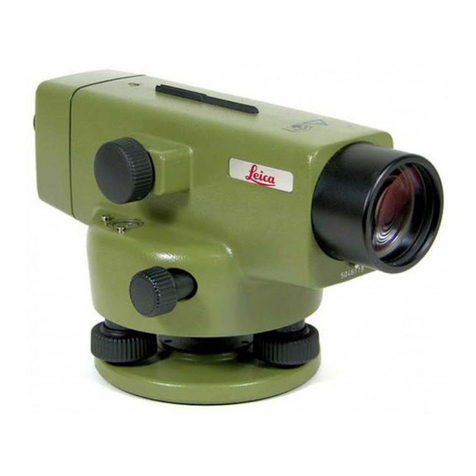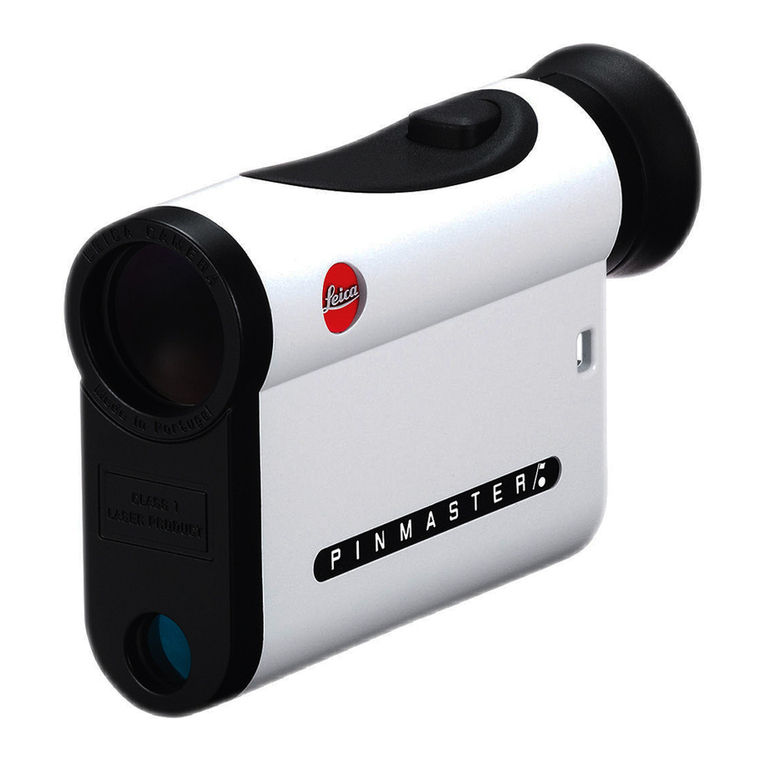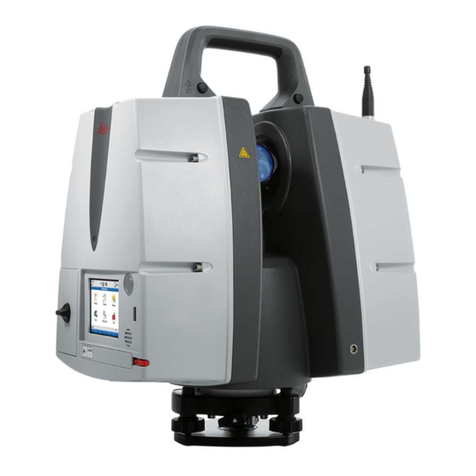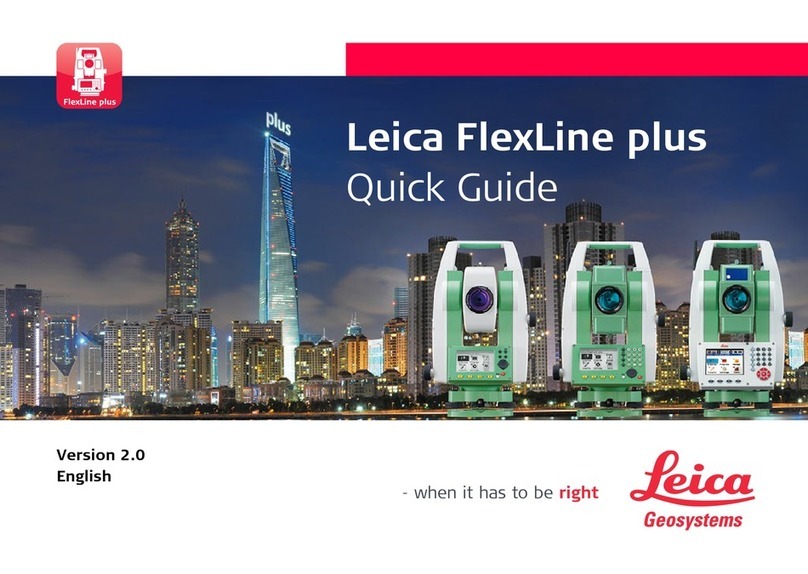Leica FlexLine TS10 User manual
Other Leica Measuring Instrument manuals

Leica
Leica Viva TS16 User manual
Leica
Leica iCON gps 60 User manual

Leica
Leica Pinmaster User manual

Leica
Leica NA2 User manual

Leica
Leica CS20 User manual

Leica
Leica FlexLine plus User manual

Leica
Leica Viva TS16 User manual

Leica
Leica 3D Disto User manual

Leica
Leica Pinmaster User manual

Leica
Leica GS09 User manual

Leica
Leica ScanStation P50 User manual

Leica
Leica Captivate Product manual

Leica
Leica PIPER 100 User manual

Leica
Leica FlexLine plus User manual

Leica
Leica LINO L6R User manual

Leica
Leica FlexLine plus User manual

Leica
Leica Disto E7100i User manual

Leica
Leica TCR307 User manual

Leica
Leica T105 User manual

Leica
Leica 2700-B User manual
Popular Measuring Instrument manuals by other brands

Powerfix Profi
Powerfix Profi 278296 Operation and safety notes

Test Equipment Depot
Test Equipment Depot GVT-427B user manual

Fieldpiece
Fieldpiece ACH Operator's manual

FLYSURFER
FLYSURFER VIRON3 user manual

GMW
GMW TG uni 1 operating manual

Downeaster
Downeaster Wind & Weather Medallion Series instruction manual

Hanna Instruments
Hanna Instruments HI96725C instruction manual

Nokeval
Nokeval KMR260 quick guide

HOKUYO AUTOMATIC
HOKUYO AUTOMATIC UBG-05LN instruction manual

Fluke
Fluke 96000 Series Operator's manual

Test Products International
Test Products International SP565 user manual

General Sleep
General Sleep Zmachine Insight+ DT-200 Service manual


















